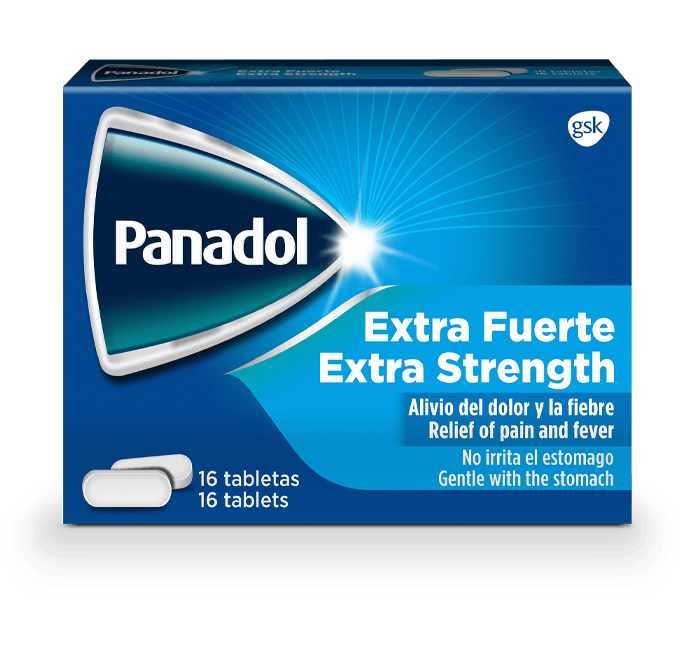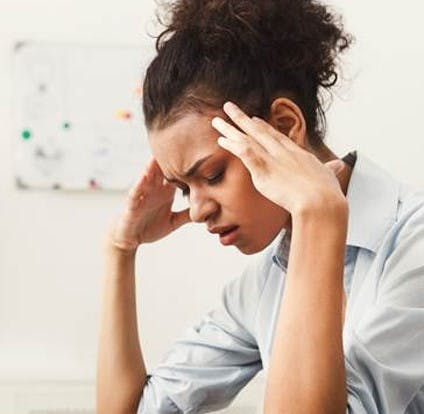Joint pain can affect just one joint or many, and can be caused by arthritis, injury, overuse, or bursitis (an inflammation or irritation of the bursa, a fluid-filled sac that acts like a grease to reduce friction), and many different illnesses and conditions. Most commonly, osteoarthritis affects the knees, hips, spine and hands.
Managing different types of back pain
Four out of five people will suffer from back pain at some point in their lives. There are countless causes of back pain, from repetitively lifting children up, to spending prolonged periods of time hunched over a laptop. When back pain occurs, the pain can be debilitating and cause real disruption to daily life.

Upper back pain versus lower back pain
Back pain may originate from either the upper back (the thoracic back - the part of the back where the ribs attach) or the lower back.61 Upper back pain can be felt in the top half of the back and in the shoulders. You may also experience neck pain. It can be caused by:62,63
- Damage to ligaments and tendons that have been overstretched. For example, during a vehicle accident, or during a workout
- Stress and emotional tension that make muscles tighten and contract
- Poor posture that places additional stress on the spine and overloads the surrounding muscles and ligaments.
To tackle pain in the upper back, consider taking over-the-counter pain relievers, such as acetaminophen. You could also take an oral non-steroidal anti-inflammatory drug (NSAID) or apply a topical NSAID.
In contrast, lower back pain is felt at the base of the back. Lower back pain may occur from:
- Lifting something too heavy
- Overstretching the lower back muscles
- Direct injury or trauma.
These can cause a sprain or strain in the lower back, leading to pain and sometimes muscle spasms. Excessive weight, poor posture and stress may also contribute to pain in the lower back. For lower back pain relief, try using over-the-counter pain relievers or hot compression packs.
Acute versus chronic back pain
Regardless of the location, back problems can be classified further as either acute or chronic, based on how long the pain lasts.
Acute back pain is short-term pain, typically lasting from a few days to a few weeks. Symptoms range from shooting or stabbing pain to mild muscle aches, limited flexibility and range of motion, and inability to stand up straight.
If the problem lasts for three months or more, it is considered chronic back pain. This is often progressive, meaning it gets worse over time. The cause of chronic pain can be hard to determine and usually requires treatment from a doctor or pain specialist.





